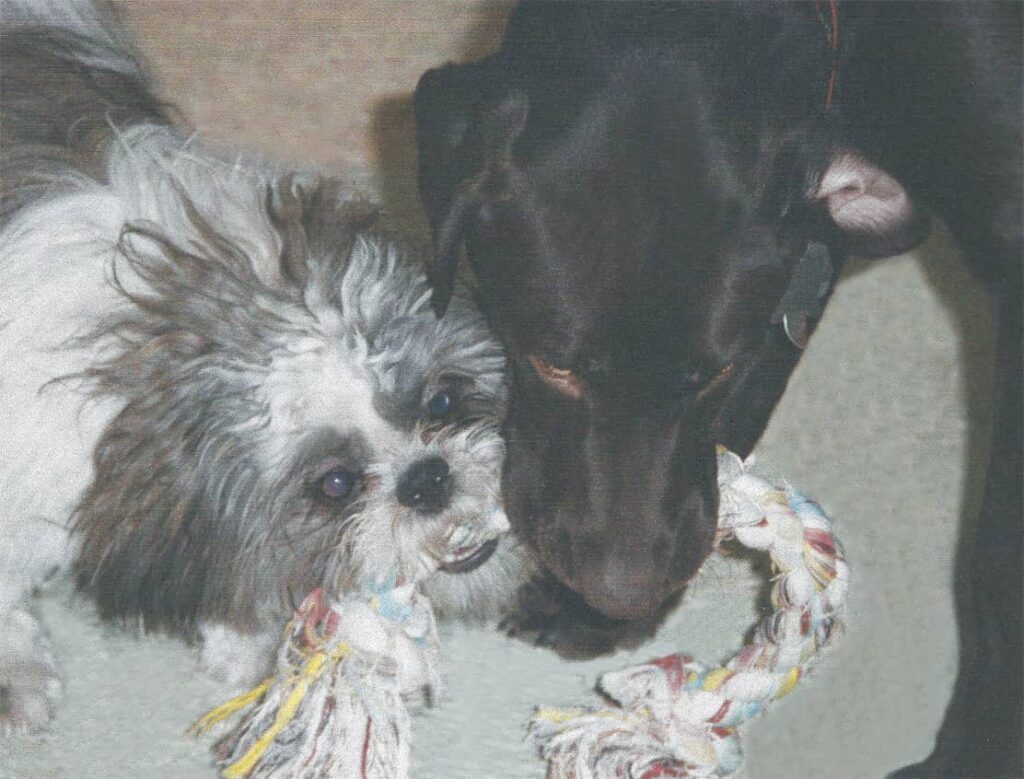Do dogs sweat? How do they sweat? What’s the point of panting? Does fur make dogs hot? By understanding how dogs control their body temperature, you can help your bestie stay cool and healthy.
How dogs cool themselves
- Dogs do sweat similarly to us but only through their paw pads. Most canine cooling relies heavily on panting to regulate body temperature. When they pant, air moves rapidly in and out over the moist surfaces of their tongues, nasal passages, and lining of the lungs, evaporating moisture and cooling them down. Thus the longer the dog’s nose, the greater the surface area of moist tissue and its cooling effect. Every dog is unique but, in general, cooling down naturally is more challenging for short-nosed dogs.
- While all this panting is going on, blood vessels near the surface of the skin widen to bring warm blood closer to the surface where it can cool down more easily. The process called vasodilation is most effective on the head, ears, nose, and tongue. Together with the paws, these areas act as radiators releasing excess heat into the environment.
- The fur coat that looks so hot to us right now, actually plays a vital role in controlling a dog’s body temperature. Fur insulates, protecting your dog from the sun while trapping cooler air closer to the skin. Your dog’s fur coat is a natural temperature regulator.
Tips for keeping your dog cool
- When spending time outdoors, make sure your dog has access to shade and plenty of fresh water. Dogs sweat very little yet lose lots of moisture to evaporation.
- Dogs cool their bodies from the bottom up. Wringing out a wet towel and laying it in the shade is an effective way for your dog to cool paws and stomach.
- You can help to regulate your dog’s body temperature by controlling your pet’s exposure to summer heat. Some dogs will push through real discomfort to avoid being paw-ty poopers.



